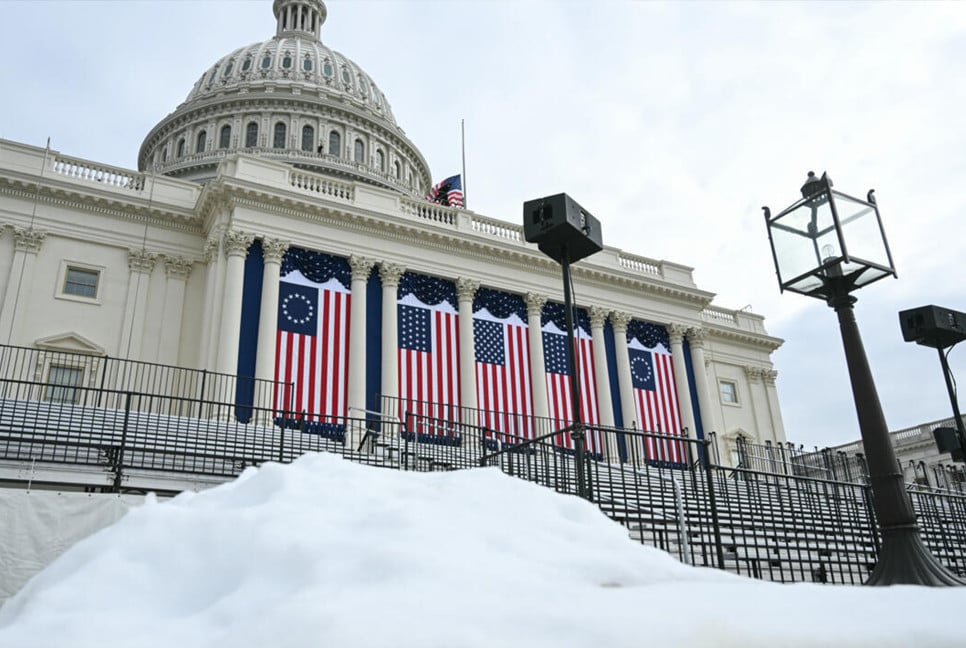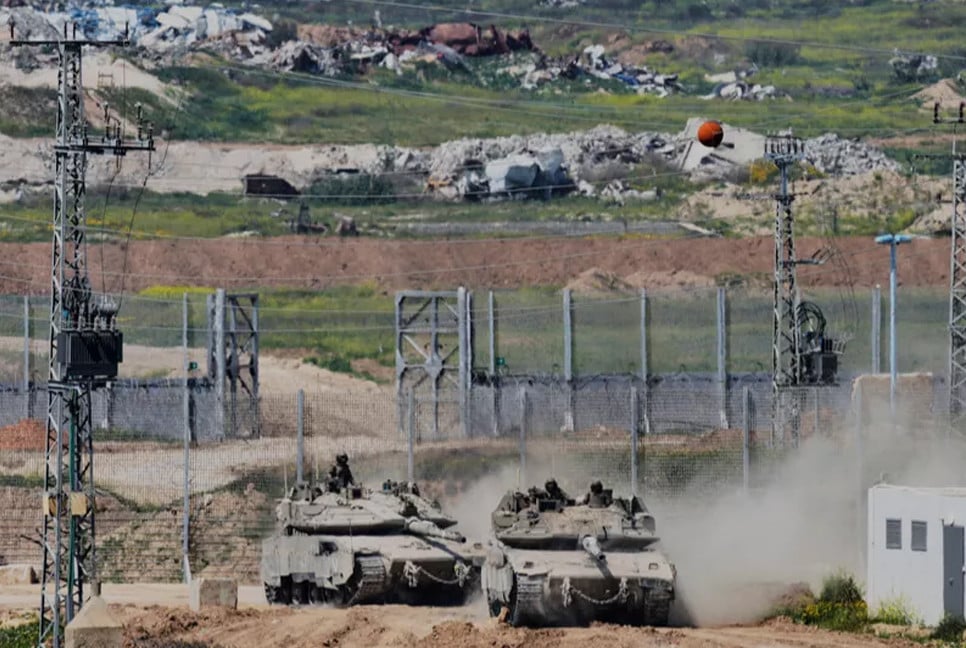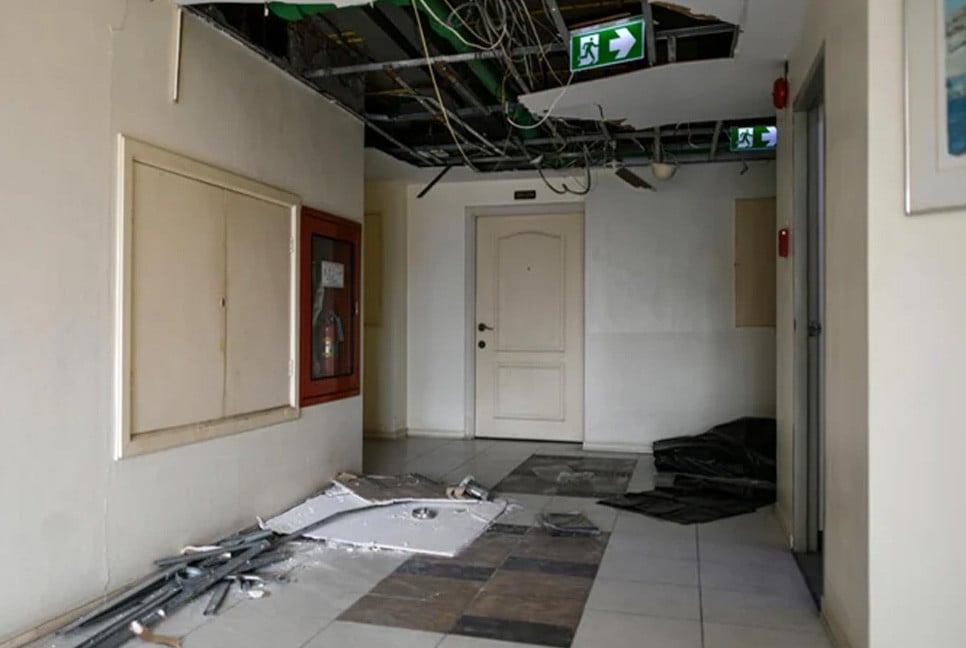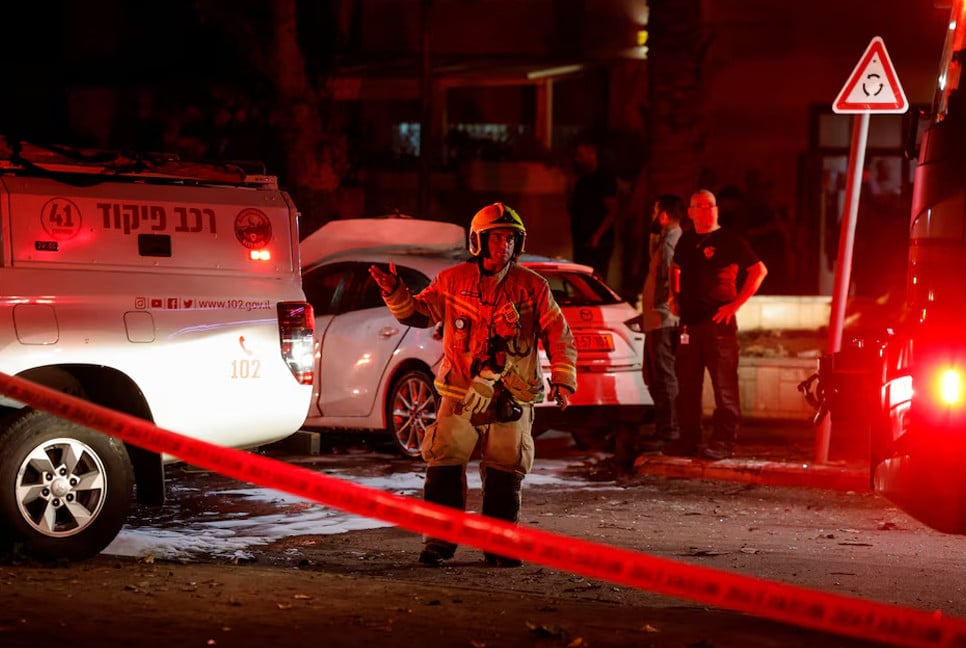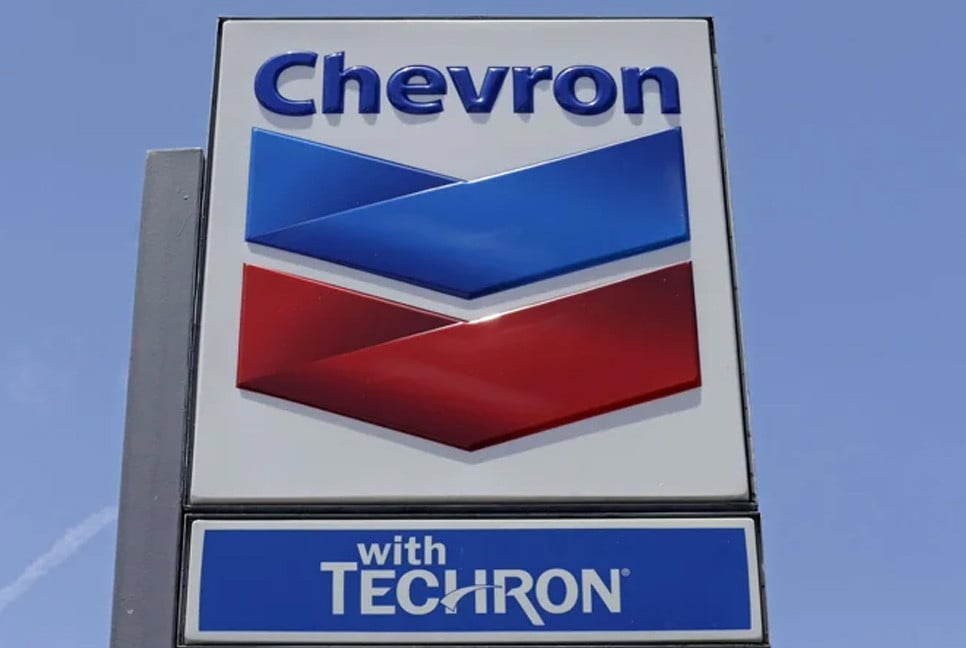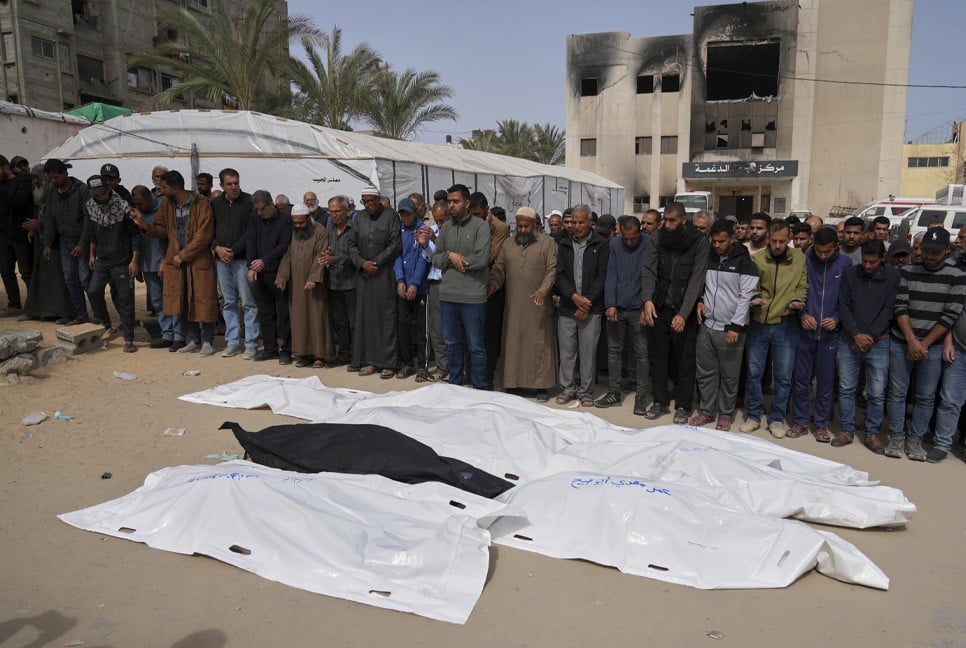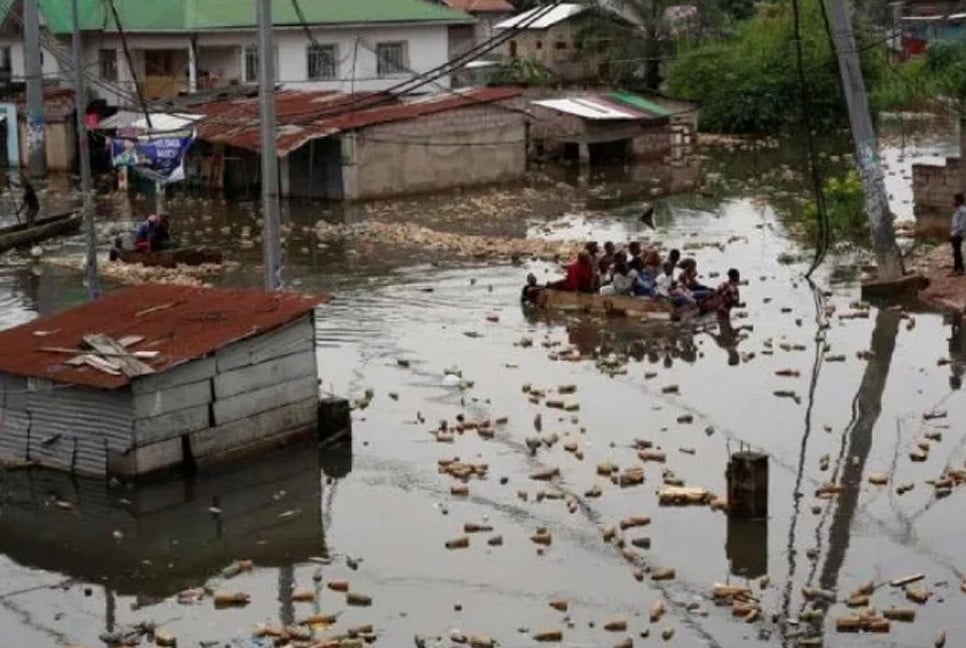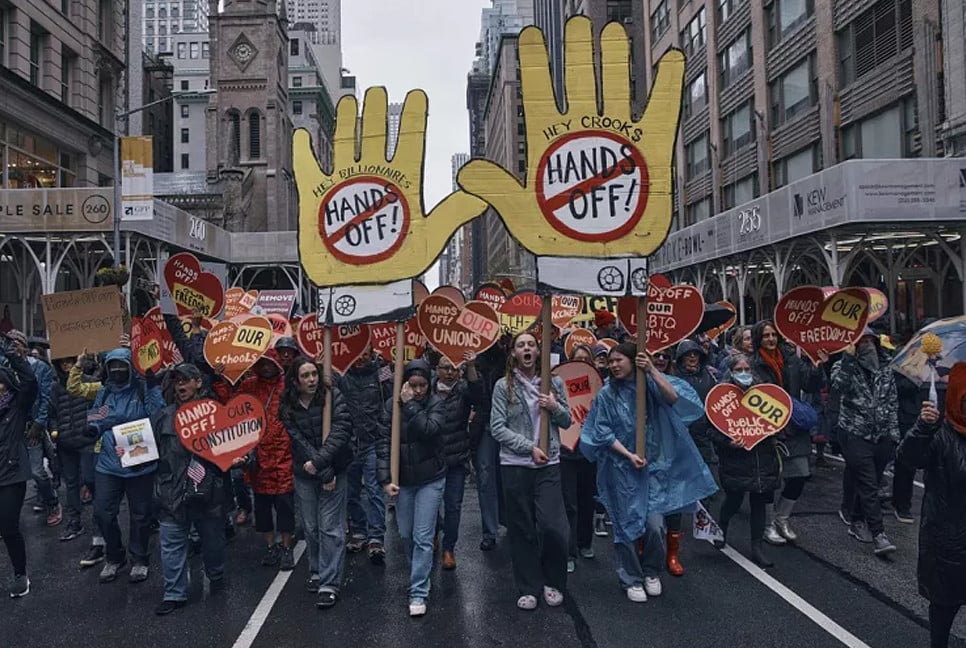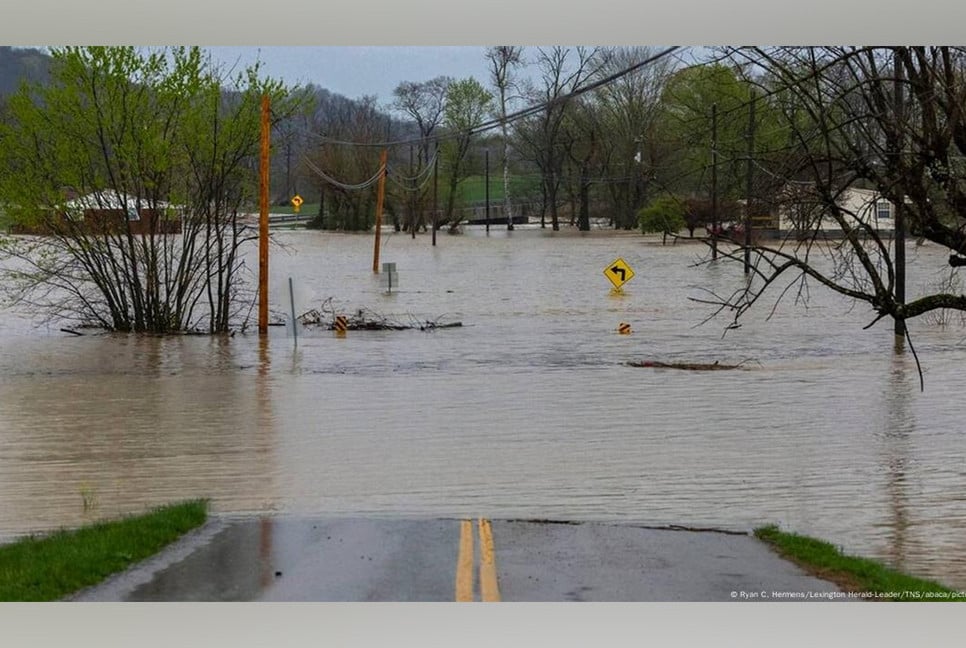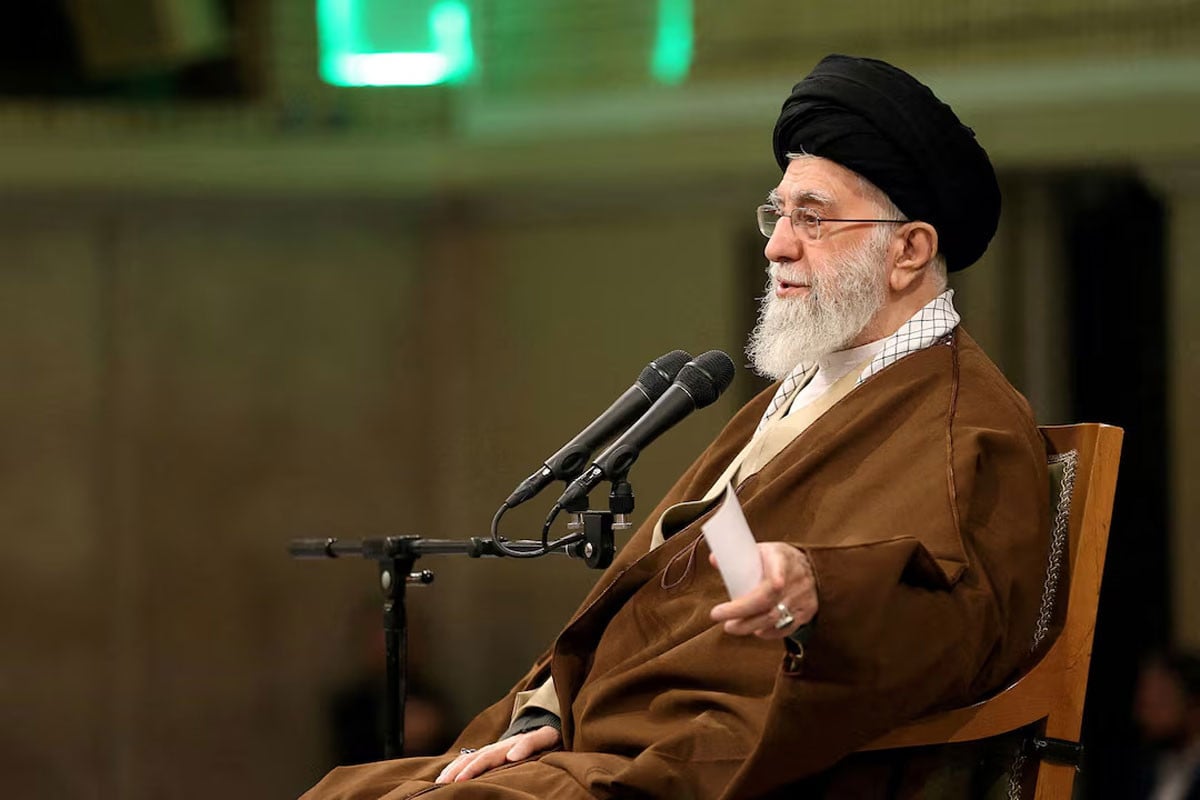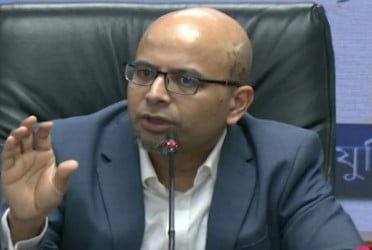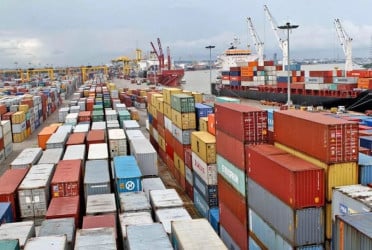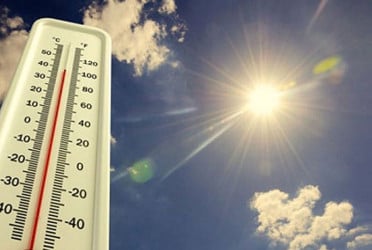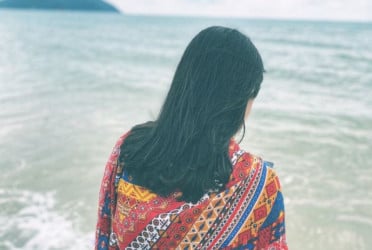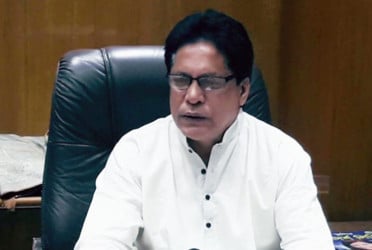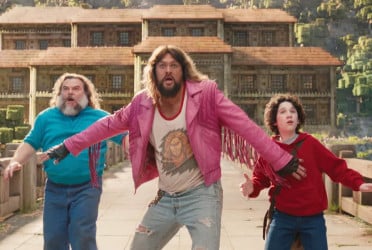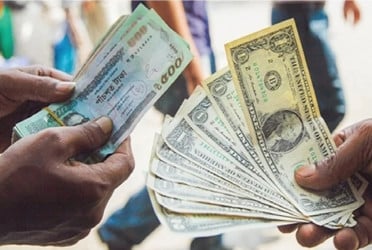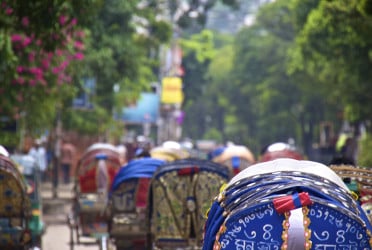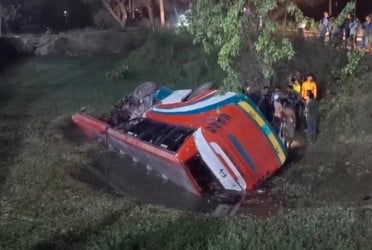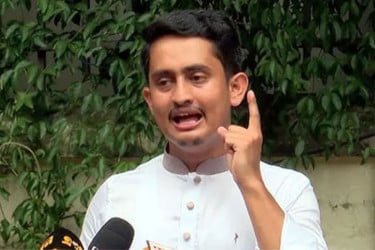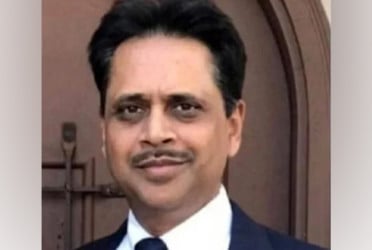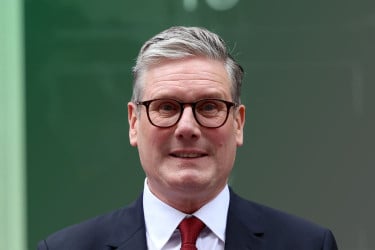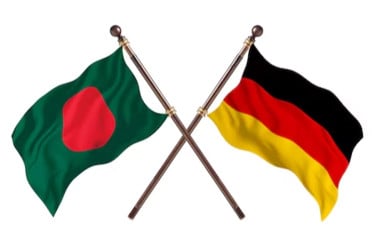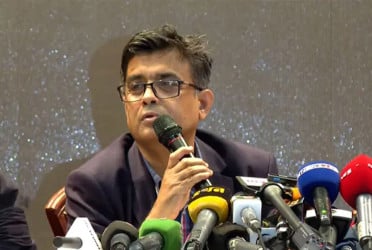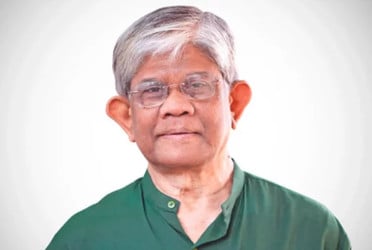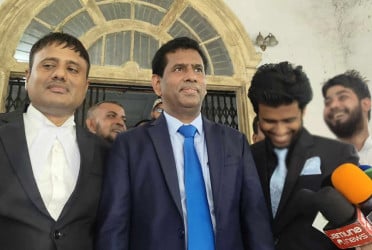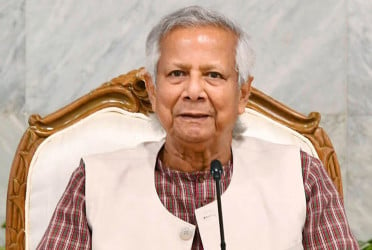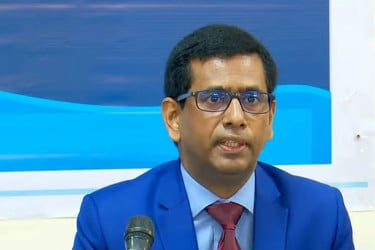Due to extreme cold, President-elect Donald Trump's inauguration will be held inside the US Capitol on Monday, marking the first time in 40 years that a US presidential inauguration has been moved indoors, reports Reuters.
"There is an Arctic blast sweeping the Country. I don't want to see people hurt, or injured, in any way," Trump said on his Truth Social platform on Friday.
"Therefore, I have ordered the Inauguration Address, in addition to prayers and other speeches, to be delivered in the United States Capitol Rotunda," Trump added.
The last time an inauguration was moved indoors because of the bitter cold was in 1985 for former Republican President Ronald Reagan's second swearing-in when the afternoon wind chill fell into the range of -23 to -29 degrees Celsius.
The forecast for Washington on Monday is for a temperature at the time of Trump's swearing-in around -7 C but it is expected to feel even colder with wind chill.
Trump said supporters can view the ceremony on screens inside the Capital One Arena, a professional basketball and hockey venue in downtown Washington that holds 20,000 people.
He said his presidential parade, which was set to involve marching bands and other groups proceeding down Pennsylvania Avenue to the White House, will be switched to Capital One Arena. It was not immediately clear how a parade would be organized inside the sports venue.
Trump said he would join the crowd at the arena after being sworn in.
No crowd-size comparisons this time
The change eliminates the possibility of comparing Trump’s crowd size to those of past inaugurations. Following his 2017 swearing-in, President Trump was angered by media reports claiming the crowd on the National Mall was much smaller than the one at Barack Obama’s 2009 inauguration.
The change in plans will greatly reduce the number of people able to watch the ceremony in person. Many of the more than 220,000 ticketed guests who had been due to watch from the US Capitol grounds will be unable to view the swearing-in inside the building.
In addition, 250,000 unticketed members of the public were predicted to stand on the National Mall for the outdoor ceremony, according to a permit issued to Trump's inaugural committee by the National Park Service. Just a fraction of that number will fit into the Capital One Arena.
Tammy Matte, the school secretary, along with her husband Paul, a pastor, and their high school son Michael, had tickets from their local congressman but decided to cancel their trip from Laurel, Mississippi after discovering they wouldn’t be able to see Trump in person.
Matte, 58, said they were no longer prepared to do the nearly 1,000-mile car ride to Washington. "We don't feel it's worth it not to see the ceremony in person," Matte said.
The National Park Service, which oversees the National Mall, did not immediately say whether crowds will still be allowed on the Mall to watch the indoor ceremony on giant video screens already in place.
Trump is due to hold a rally with supporters inside the Capital One Arena on Sunday, the eve of his inauguration.
Alexi Worley, a spokesperson for the law enforcement agencies tasked with inauguration security, said the US Secret Service was working closely with Trump's inauguration committee and the congressional committee in charge of the swearing-in ceremony "to adapt our security plans as needed due to the expected inclement weather."
Winter chill an inaugural tradition
Frigid weather has featured at many past inaugurations. Temperatures for Obama's first inauguration in 2009 were also cold, rising to around -1.5 degrees C.
William Henry Harrison, the ninth US president, delivered the longest inaugural address on March 4, 1841, in wet and cold conditions without a hat or overcoat.
That event and speech were thought to have contributed to his later succumbing to pneumonia. He died one month after taking office, making his presidency the shortest in American history.
During the second swearing-in ceremony for President Ulysses S. Grant on March 4, 1873, several cadets and midshipmen standing outside without overcoats collapsed and gusting winds made Grant's address inaudible to even those close to him on the platform, according to a history published by the National Weather Service. The morning low temperature of -15 C on that day remains Washington's coldest March day on record.
Bd-pratidin English/ Afia

